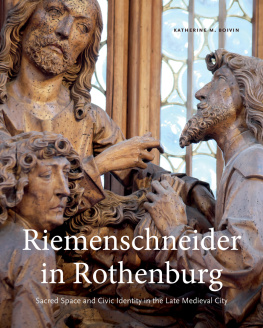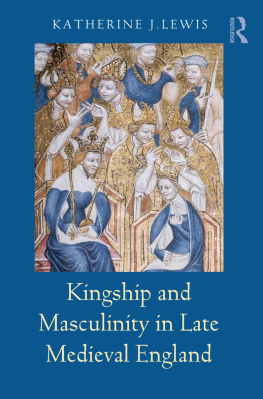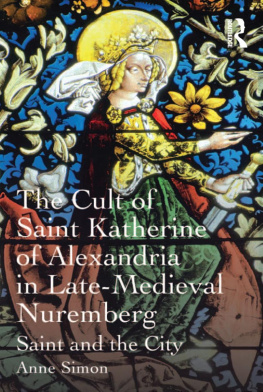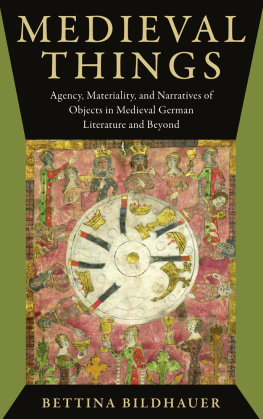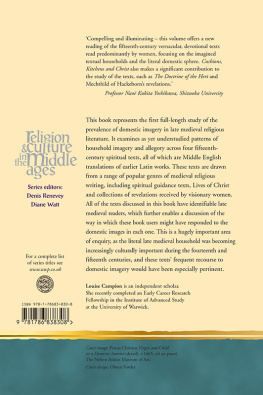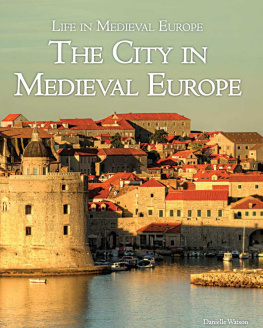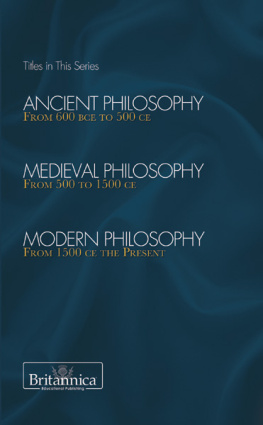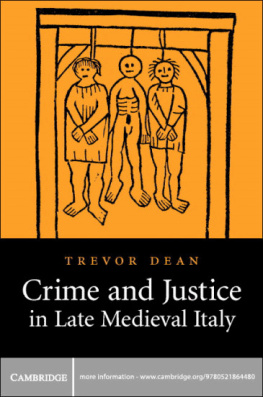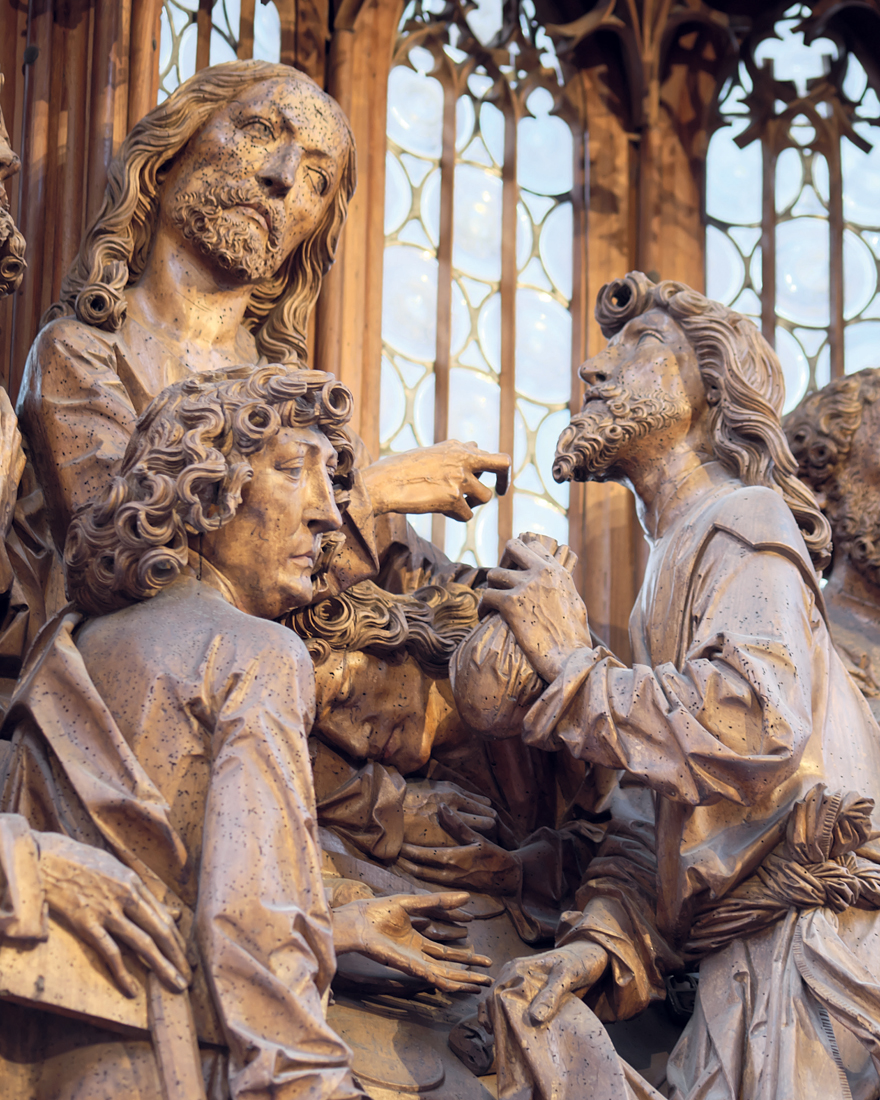Katherine M. Boivin - Riemenschneider in Rothenburg: Sacred Space and Civic Identity in the Late Medieval City
Here you can read online Katherine M. Boivin - Riemenschneider in Rothenburg: Sacred Space and Civic Identity in the Late Medieval City full text of the book (entire story) in english for free. Download pdf and epub, get meaning, cover and reviews about this ebook. year: 2021, publisher: Penn State University Press, genre: Romance novel. Description of the work, (preface) as well as reviews are available. Best literature library LitArk.com created for fans of good reading and offers a wide selection of genres:
Romance novel
Science fiction
Adventure
Detective
Science
History
Home and family
Prose
Art
Politics
Computer
Non-fiction
Religion
Business
Children
Humor
Choose a favorite category and find really read worthwhile books. Enjoy immersion in the world of imagination, feel the emotions of the characters or learn something new for yourself, make an fascinating discovery.
- Book:Riemenschneider in Rothenburg: Sacred Space and Civic Identity in the Late Medieval City
- Author:
- Publisher:Penn State University Press
- Genre:
- Year:2021
- Rating:3 / 5
- Favourites:Add to favourites
- Your mark:
Riemenschneider in Rothenburg: Sacred Space and Civic Identity in the Late Medieval City: summary, description and annotation
We offer to read an annotation, description, summary or preface (depends on what the author of the book "Riemenschneider in Rothenburg: Sacred Space and Civic Identity in the Late Medieval City" wrote himself). If you haven't found the necessary information about the book — write in the comments, we will try to find it.
The concept of the medieval city is fixed in the modern imagination, conjuring visions of fortified walls, towering churches, and winding streets. In Riemenschneider in Rothenburg, Katherine M. Boivin investigates how medieval urban planning and artistic programming worked together to form dynamic environments, demonstrating the agency of objects, styles, and spaces in mapping the late medieval city.
Using altarpieces by the famed medieval artist Tilman Riemenschneider as touchstones for her argument, Boivin explores how artwork in Germanys preeminent medieval city, Rothenburg ob der Tauber, deliberately propagated civic ideals. She argues that the numerous artistic pieces commissioned by the citys elected council over the course of two centuries built upon one another, creating a cohesive structural network that attracted religious pilgrims and furthered the theological ideals of the parish church. By contextualizing some of Rothenburgs most significant architectural and artistic works, such as St. Jamess Church and Riemenschneiders Altarpiece of the Holy Blood, Boivin shows how the city government employed these works to establish a local aesthetic that awed visitors, raising Rothenburgs profile and putting it on the pilgrimage map of Europe.
Carefully documented and convincingly argued, this book sheds important new light on the history of one of Germanys major tourist destinations. It will be of considerable interest to medieval art historians and scholars working in the fields of cultural and urban history.
Katherine M. Boivin: author's other books
Who wrote Riemenschneider in Rothenburg: Sacred Space and Civic Identity in the Late Medieval City? Find out the surname, the name of the author of the book and a list of all author's works by series.

